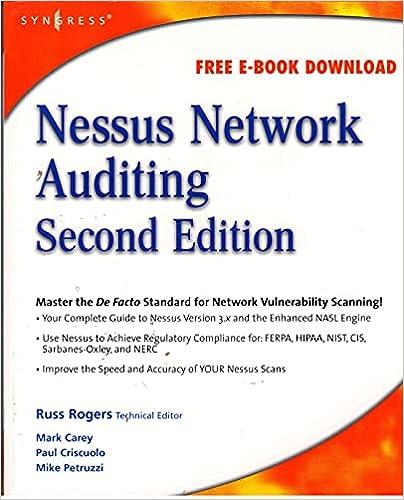Answered step by step
Verified Expert Solution
Question
1 Approved Answer
a) After completing all of the entries in Exercise 6, what is the correct debit balance recorded to the Interest Expense account? See circle on
a) After completing all of the entries in Exercise 6, what is the correct debit balance recorded to the Interest Expense account? See circle on the printed exercise.


Step by Step Solution
There are 3 Steps involved in it
Step: 1

Get Instant Access to Expert-Tailored Solutions
See step-by-step solutions with expert insights and AI powered tools for academic success
Step: 2

Step: 3

Ace Your Homework with AI
Get the answers you need in no time with our AI-driven, step-by-step assistance
Get Started


